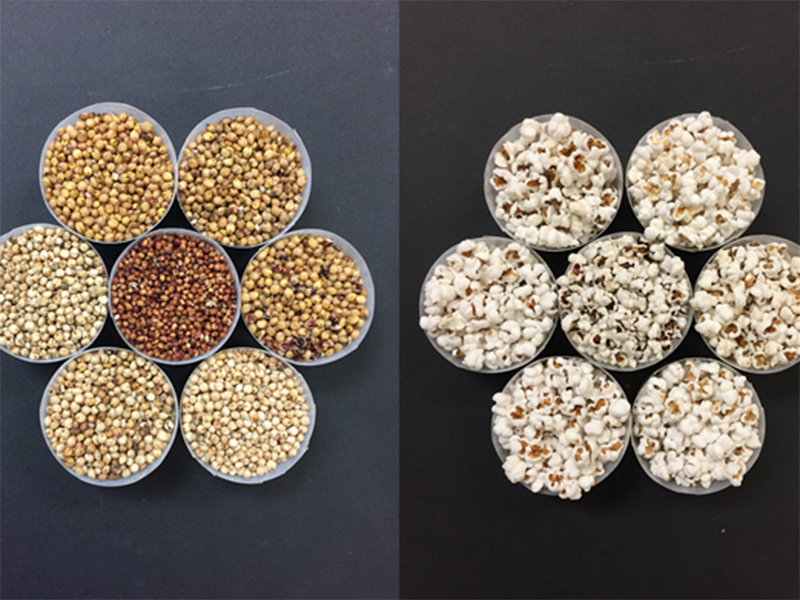Food
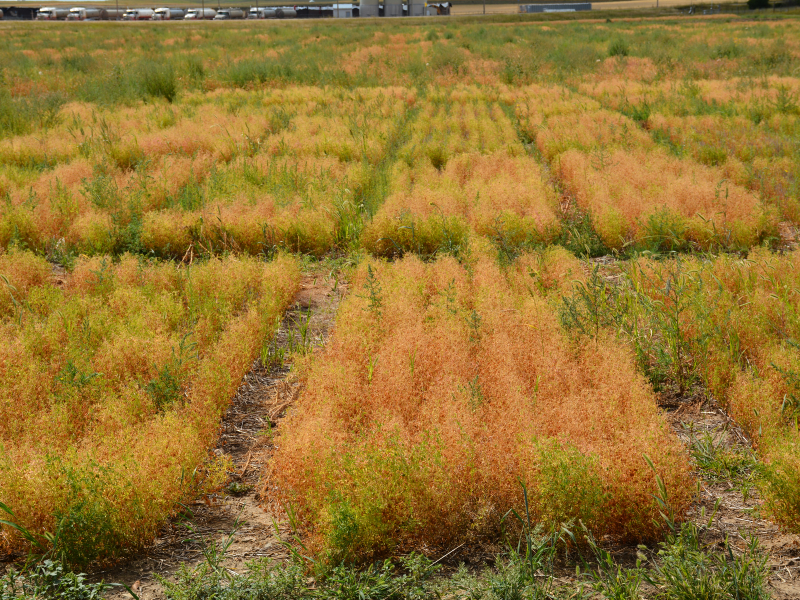
Lentils are an important and popular food in many parts of the world. They are also a nutritional powerhouse. This versatile legume is a great source of protein, carbohydrates, and fiber, and high in mineral nutrients and vitamins like iron, zinc, magnesium, potassium, and vitamin B.
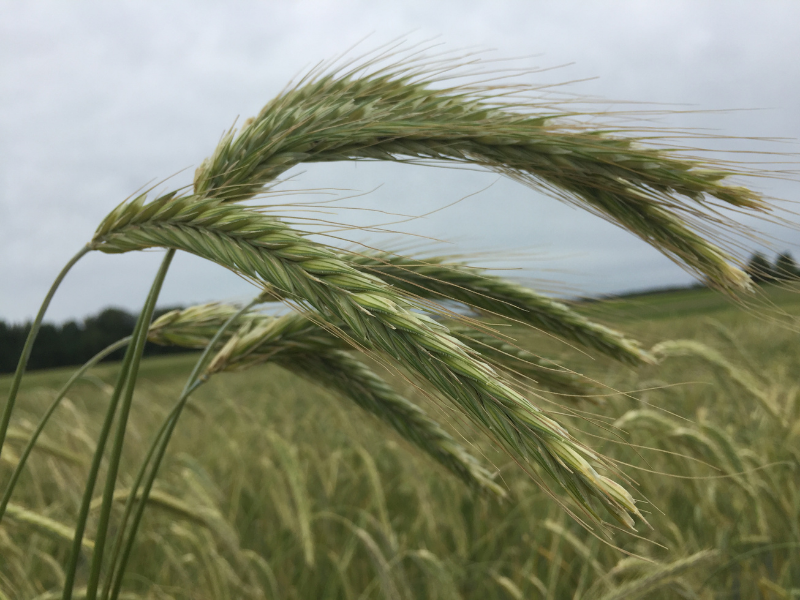
Understanding how a crop will grow in various places is key to getting more farmers to grow it. Rye is a cereal grain grown in parts of Europe, and although not a commonly grown crop in other regions, its characteristics make it a valuable option for farmers.
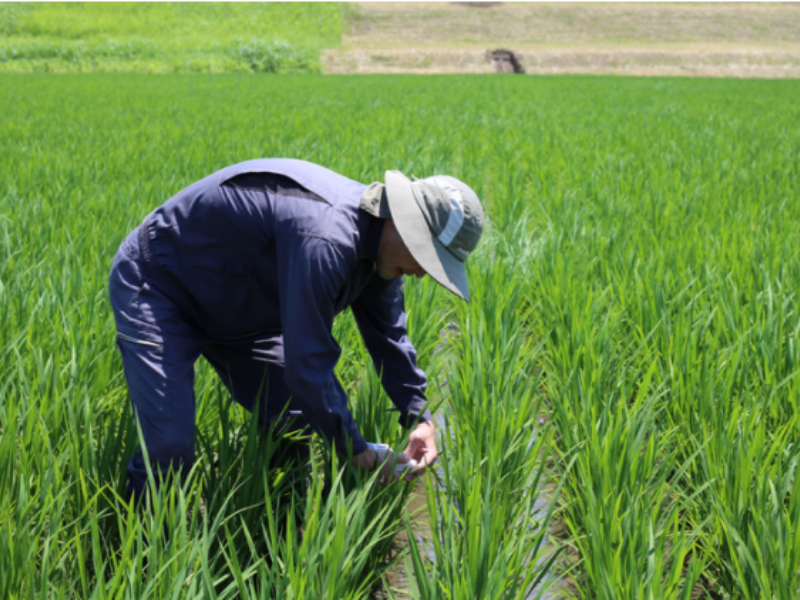
There’s a widespread problem in rice growing that you’ve probably never heard of. Rice plants that face elevated temperatures can produce “chalky grains” that are easily crushed during the milling process. This leads to lost profits because the price is lower for chalky grains than undamaged grains.
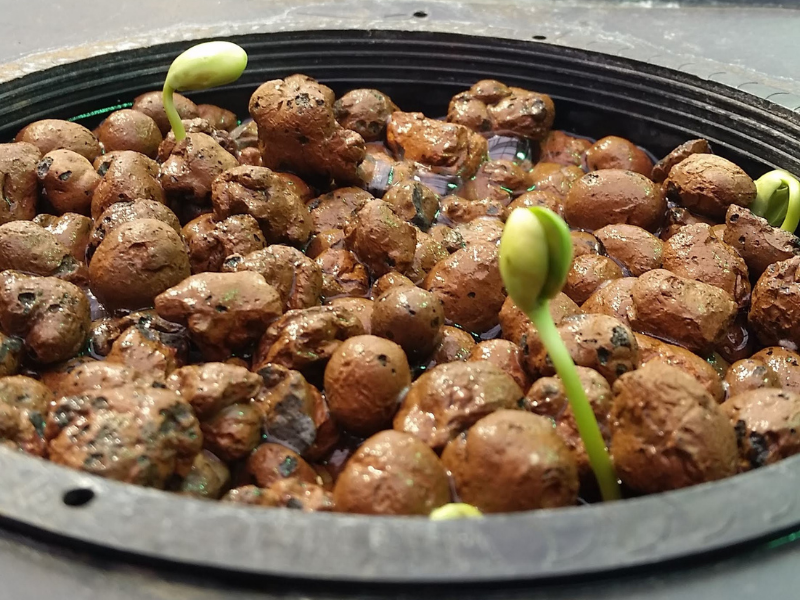
If you’ve ever looked at food labels in your local grocery store, you’ve probably seen soy listed as an ingredient. Even though soy is widespread in our foods, that doesn’t make the production of soy any easier for growers. One challenge facing soy growers is flooding.

Cowpea is an important crop in many parts of the world, especially sub-Saharan Africa. It is resilient and can grow in areas with little rainfall and low-quality soils. But as hardy as it is, cowpea yields can decrease by drought and low levels of soil phosphorus.
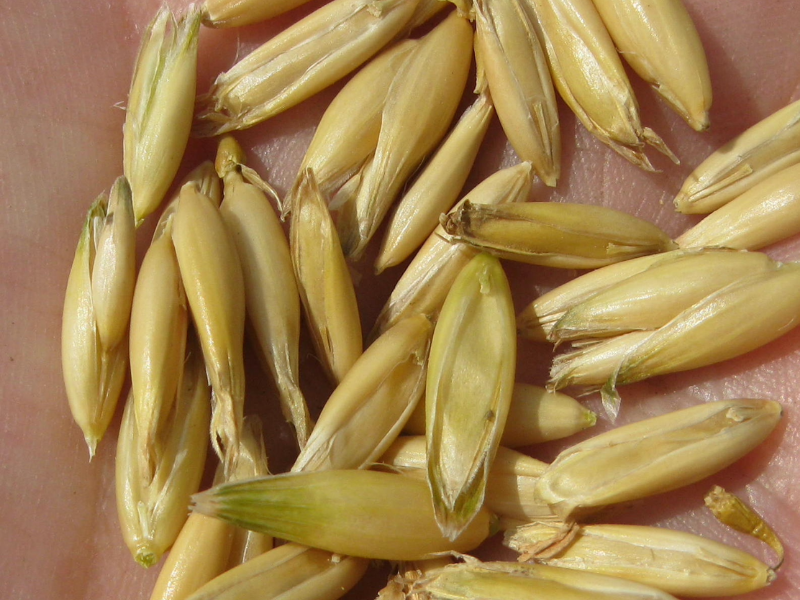
Oats are full of essential nutrients and are a great source of energy. They also provide dietary fiber, a key part of healthy, balanced diets.
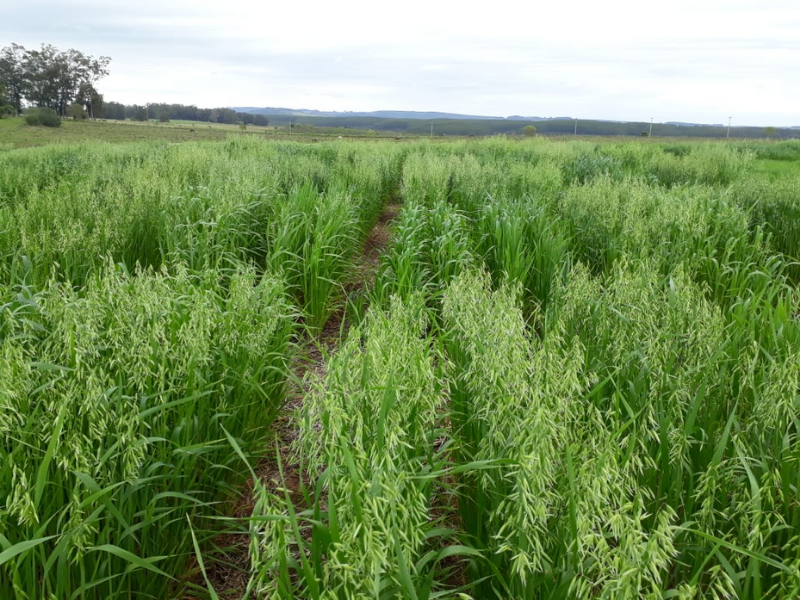
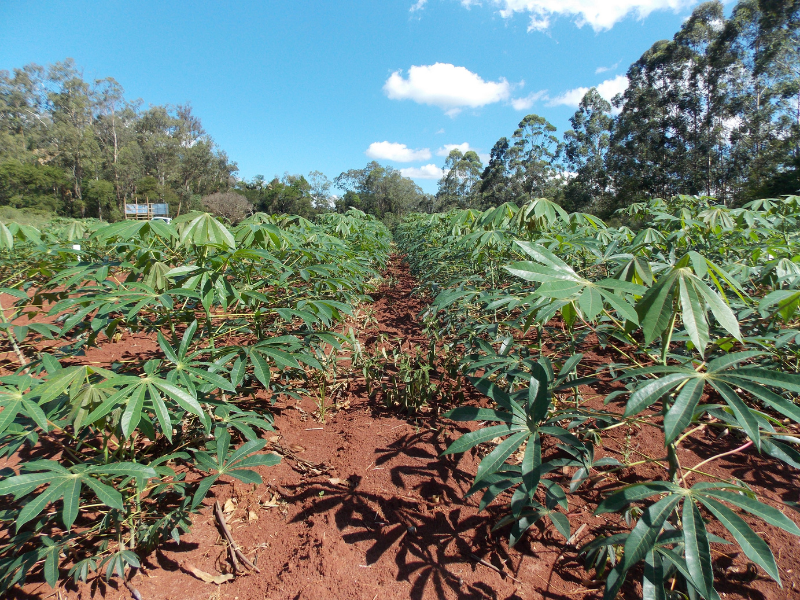
Cassava is a vital source of calories for close to a billion people across the world. The plant is a woody, perennial shrub with edible roots. Cassava roots are rich in carbohydrates, potassium, calcium, vitamins B and C, and essential minerals. Cassava plants can grow in relatively poor soils and in challenging environments.
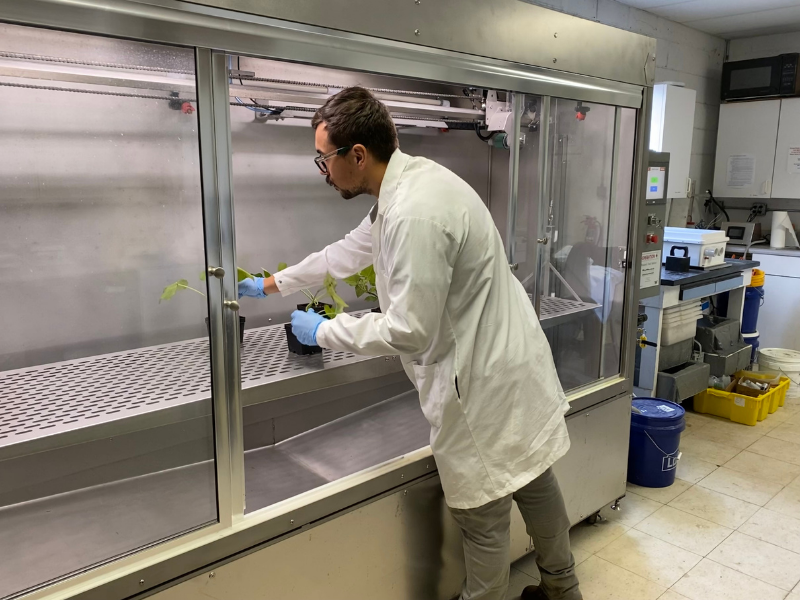
As you start to plan for your Thanksgiving dinner, sweet potatoes are likely on the menu. Whether roasted and savory or topped with marshmallows, they’re a fall staple.
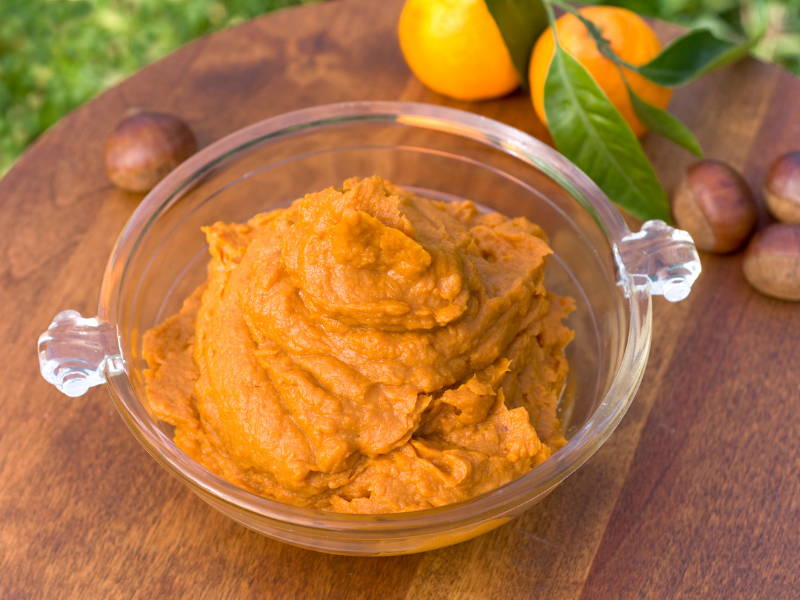
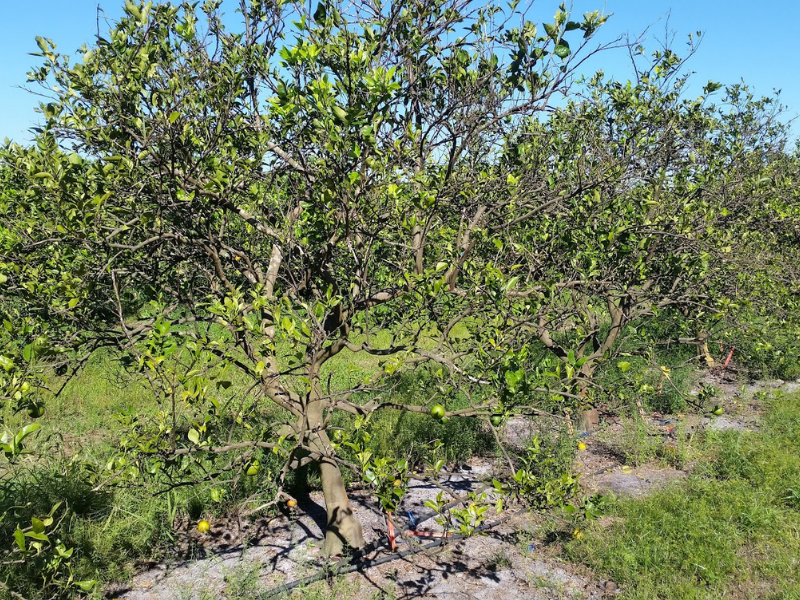
Drinking orange juice with breakfast has been a staple in kitchens for years. But a disease has been infecting citrus trees and reducing yields, threatening the supply. Called “citrus greening,” it causes trees to decline and die within three years. The disease destroys the production, appearance, and economic value of citrus trees and their fruit. There is no cure.

